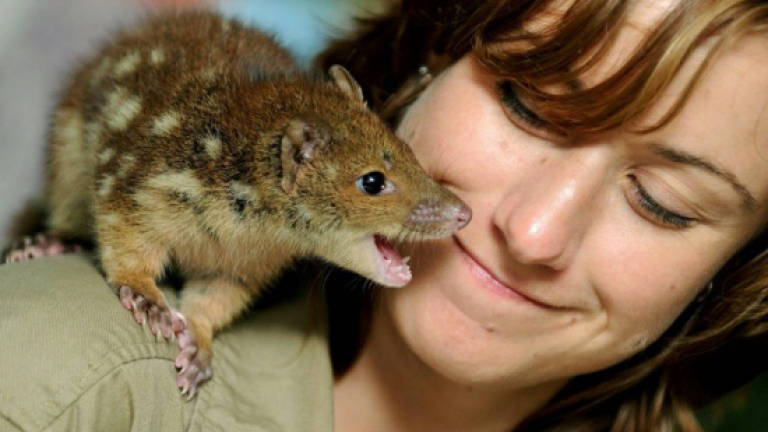Australia builds huge cat-proof fence to save native animals

SYDNEY: Australia has begun constructing a huge cat-free zone in the desert so it can reintroduce native animals that have been pushed to the brink of extinction by the feral predator.
Conservationists said work was underway on a fence in the country's harsh centre northwest of Alice Springs that will eventually enclose an area of 69,000ha, with hundreds of feral cats trapped and culled.
The project, run by the Australian Wildlife Conservancy (AWC), will reintroduce from islands and protected pockets of Australia at least 10 threatened species. In some cases it will double populations that have dwindled to the hundreds.
"Basically, anything that is a small-to-medium-sized mammal, particularly in inland and central Australia, has crashed dramatically," AWC chief executive Atticus Fleming told AFP Wednesday.
"The early explorers, what they saw if they moved through the landscape was the Australian bush alive with small animals.
"What feral cats and foxes, in particular, have done is robbed the country of our native wildlife so that much of inland central Australia is now a marsupial ghost town."
Feral cats, considered the main culprit behind Australia's high rate of mammal extinction, number in their millions across the country. Some kill up to seven animals every night.
They have wiped out populations since being introduced by Europeans who settled Australia two centuries ago.
Up to 400 will be killed "humanely" after the first phase of fencing is completed early next year, with the first lot of endangered animals, including the numbat – a banded anteater – and the black-footed rock-wallaby, reintegrated in 2019.
Other animals to be given a new home include the western quoll (a carnivorous marsupial), the brush-tailed bettong (sometimes known as rat-kangaroos) and the bilby (rabbit-bandicoots).
"It is a choice between cats or bilbies and we are for the bilbies," Fleming added.
"What this all adds up to is, in three or four years you will be able to go out to this place and visiting this area will be like stepping back in time.
"You will see the Australian bush as it was a couple of hundred years ago. It will be alive with these native mammals that were there until the cats removed them."
ACW hope that a network of cat-free enclosures will be built in the future while science continues its quest to find the "achilles heel" of the feral cat. Efforts to cull or sterilise them have so far failed to slow the pest.
"If we don't build these large cat-free areas now, more animals will go extinct, it is as simple as that," Fleming said. — AFP